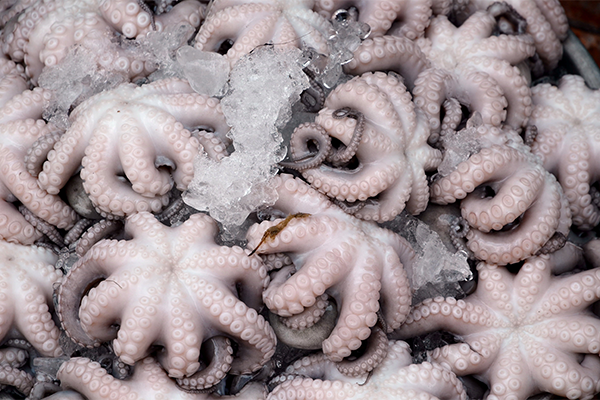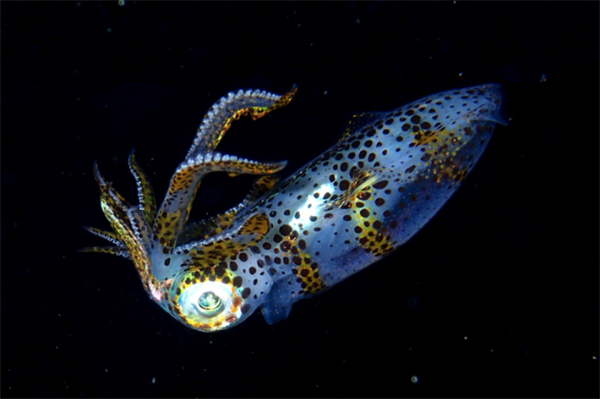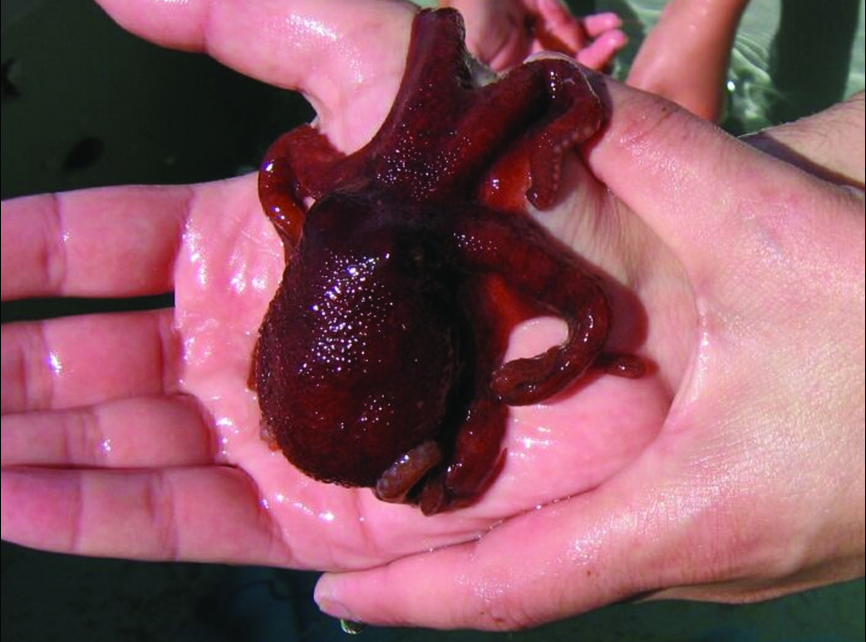New tool uses growth rings on octopus beaks and stylets to validate their age, possibly improving octopus fishery management

A team of Australian scientists has developed the world’s first step-by-step practical guide to aging octopus, published in the Marine and Freshwater Research Journal. The new aging tool uses growth rings on octopuses’ beaks and stylets (internal shells near their gills) to validate their age, and could ultimately help improve octopus fishery management.
“Over the past 30 years, various studies have explored different methods to age octopus, but only a small number of researchers worldwide have the hands-on knowledge to execute these methods in the laboratory,” said Dr. Zoe Doubleday, UniSA marine ecologist. “It’s critical that we don’t lose this practical scientific knowledge because by determining their age, we can understand the impact of different rates of fishing on the population.”
The guide was developed by UniSA Ph.D. student Erica Durante and research assistant Louise Hosking under the supervision of Dr. Doubleday. It formed part of a larger study led by Dr Karina Hall of NSW Department of Primary Industries and funded by the Fisheries Research and Development Corporation.
“Understanding an octopus’ age helps to keep fisheries sustainable,” Durante said. “If you know a species’ age, you can estimate how fast they grow and reproduce and how much you can catch to keep a fishery sustainable.”
Many species of animals are aged by counting growth rings in their tissues (similar to tree rings), although it’s a little trickier with octopuses because their rings represent days, not years, and methods need to be customized for each species.
“Age data also tells us how long it takes for an animal to mature, so you don’t end up fishing out immature octopus before they breed,” said Durante. “Age is also important for the general conservation and management of a species, whether it is fished or not.”
An estimated 400,000 octopus are harvested from around 90 countries annually and this number is expected to increase, putting pressure on octopus stocks worldwide.
“By publishing this guide and making the knowledge accessible to anyone, we can help keep fisheries sustainable and ensure this incredible animal continues to survive and thrive,” said Doubleday.
Follow the Advocate @GSA_Advocate
Now that you've reached the end of the article ...
… please consider supporting GSA’s mission to advance responsible seafood practices through education, advocacy and third-party assurances. The Advocate aims to document the evolution of responsible seafood practices and share the expansive knowledge of our vast network of contributors.
By becoming a Global Seafood Alliance member, you’re ensuring that all of the pre-competitive work we do through member benefits, resources and events can continue. Individual membership costs just $50 a year.
Not a GSA member? Join us.
Author
-
Responsible Seafood Advocate
[103,114,111,46,100,111,111,102,97,101,115,108,97,98,111,108,103,64,114,111,116,105,100,101]
Tagged With
Related Posts

Fisheries
Research explores how international policy can best impact cephalopods
A new study identified how international policy can increase the sustainability of the global cephalopod food system.

Innovation & Investment
Could squid aquaculture fill the gap from declining cephalopod stocks in Japan?
With declining squid populations, researchers in Japan have developed the first aquaculture system with potential for commercialization.

Intelligence
Octopus culture under study in Chile
In studies of octopus culture, northern octopuses exhibited fast growth in experimental culture and southern juveniles tolerated culture conditions well.

Fisheries
Study: Squid fishing mostly conducted in unregulated waters
Squid fishing vessels fished largely in unregulated areas, presenting challenges for sustainability, a new international study finds.



